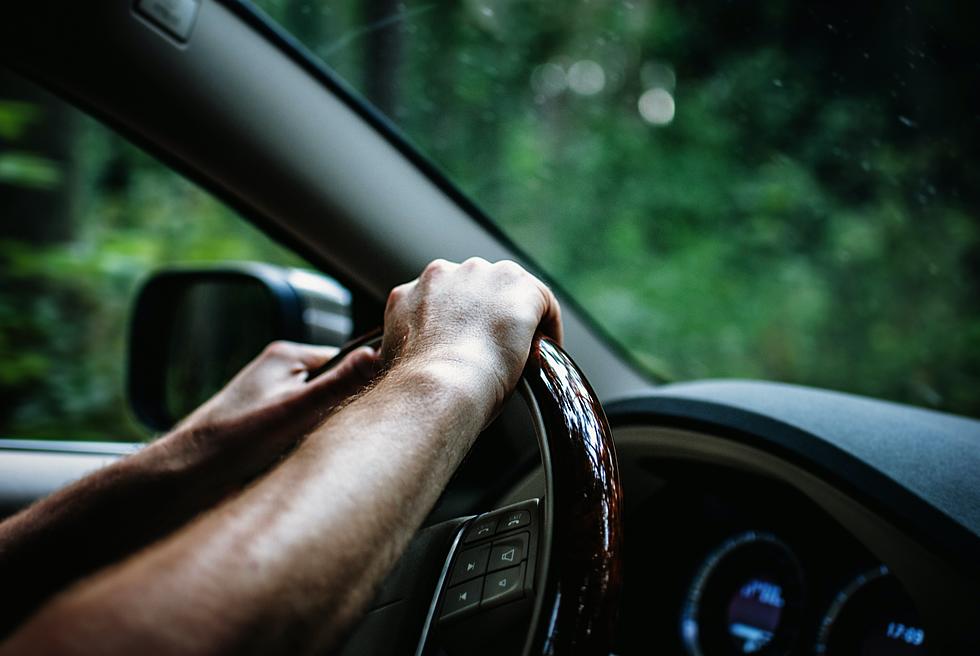
Has Everyone In Minnesota Forgotten About This Money-Saving Vehicle Feature?
As I mentioned in the headline, it seems like a lot of people forget about using their blinkers too, but there is another common car feature that goes frustratingly underused.
I regularly do cross-state journeys across Minnesota to see family, attend sporting events, go fishing or hiking, or any number of other things. Regardless of the reason for the trip, it feels like a frustratingly huge number of people have forgotten about this extremely common thing that has been commonplace in vehicles for many years.
Here's one such example. I'm cruising down the highway, slowly creeping up on someone that is going slower than the speed limit. As I get closer, they end up speeding up again. Then, they're back down to a speed below the limit, and I am again behind this driver, looking for a chance to pass them. Just as I am seeing a window to pass them, they speed up once again.
Are they toying with me? I certainly hope not. That's a weird game to play with a stranger on the road.

The trend of people on the highway with their speed all over the place isn't just limited to this story. It seems like in the last year, I've contended with dozens of drivers that, for whatever reason, opt to not just use the cruise control option to maintain a consistent speed. Making things more frustrating, they all seem to be having a hard time maintaining a consistent speed.
MORE: Minnesotans See Big Price Spike At The Pump
Now, to the credit of those that don't use cruise control, there are times when you absolutely shouldn't - and I totally get it is something nobody has to use. But there are instances when it makes a ton of sense. Especially if you don't have a steady foot to maintain a consistent speed. Aside from the benefit of adding consistency to your speed, it can also save you on your fuel bill too.
When you shouldn't use cruise control
As you might recall from driving safety courses, AAA recommends you don't use cruise control during poor weather. Rain, snow, ice, and fog are all examples of conditions where you want complete control of your vehicle.
Additionally, areas where there is heavier traffic, road construction, and hilly or winding roads are also places you shouldn't rely on cruise control. I'll also add residential areas and places where low speeds are required.
Obviously you need to pick your spots, but there are some places it is a good idea, with some notable benefits.
When & why cruise control is a good idea
Highways and freeways that are generally straight where there isn't a lot of traffic are ideal places to use cruise control, as long as the weather is cooperative.
Aside from maintaining a consistent speed, cruise control can actually help in other ways. JD Power cites data that cruise control can help improve driver focus, help reduce speeding tickets (maintaining a consistent, legal speed), and can even help with fuel efficiency.
The idea behind improving fuel efficiency is contingent on the right road conditions (flatter roads, good weather), but it removes the human element and potential for more aggressive (and fuel-hungry) driving, smoothing out the engine's need for extra gas.
Motor Trend says it can potentially save a considerable amount of gas, too. They cited a Canadian study that looked at people maintaining a steady speed with cruise control versus people that varied their speed some (46.6 mph to 52.8 mph) during a journey, finding a difference of up to 20% more fuel being consumed by the people with the variable speed.
So, if the conditions are favorable, use that cruise control! There are plenty of great benefits to this technology that has been around for a number of decades now. It'll save you on gas and cut down on frustrating drivers behind you.


